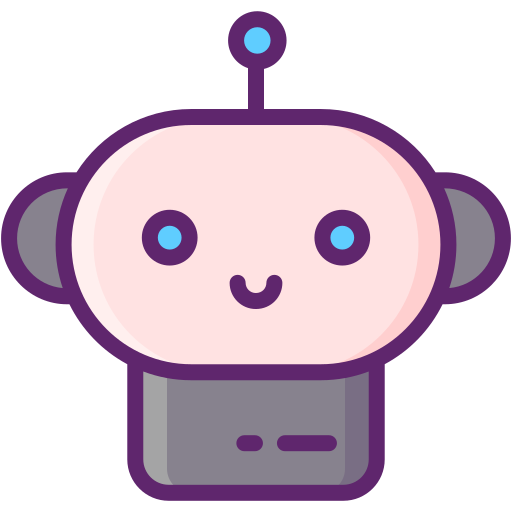1. Definition
Unsupervised Learning is a type of Machine Learning where the model is trained on unlabeled data (no predefined outputs).
The goal is for the algorithm to find hidden patterns, structures, or relationships in the data without human-provided labels.
👉 Example: Grouping customers by shopping behavior without knowing anything about them beforehand.
2. Key Idea
Unlike Supervised Learning (input → known output), here we only provide input data. The algorithm organizes or reduces data into meaningful structures.
3. Types of Unsupervised Learning
- Clustering – Grouping similar data points.
- Algorithms: k-Means, DBSCAN, Hierarchical Clustering.
- Example: Market segmentation (grouping customers with similar buying habits).
- Dimensionality Reduction – Reducing number of features while keeping important information.
- Algorithms: PCA (Principal Component Analysis), t-SNE, Autoencoders.
- Example: Compressing image data while retaining main features.
- Association Rule Learning – Discovering relationships between variables.
- Algorithms: Apriori, Eclat.
- Example: Market basket analysis (if you buy bread, you often buy butter).
- Anomaly Detection – Finding unusual data points.
- Example: Fraud detection, network security.
4. How It Works
- Provide unlabeled dataset (only inputs).
- Algorithm looks for patterns, similarities, or structures.
- Model groups, compresses, or organizes the data.
- Output = Clusters, rules, or reduced representation.
5. Applications
- Customer Segmentation – Grouping customers for targeted marketing.
- Recommendation Systems – “Users who liked this also liked…”
- Fraud Detection – Identifying unusual patterns in financial data.
- Image Compression – Reducing file size without losing major details.
- Genomics & Healthcare – Finding gene expression patterns.
- Anomaly Detection in IoT/Networks – Spotting unusual device activity.
6. Advantages
✅ No need for labeled data (saves time & cost).
✅ Helps discover hidden structures in raw data.
✅ Useful for exploratory data analysis.
7. Challenges
⚠️ Harder to evaluate results (no ground truth labels).
⚠️ Risk of meaningless clusters if algorithm isn’t tuned.
⚠️ May require heavy computation for large datasets.
8. Popular Algorithms
- Clustering → k-Means, DBSCAN, Gaussian Mixture Models
- Dimensionality Reduction → PCA, t-SNE, Autoencoders
- Association Rules → Apriori, FP-Growth
✅ In short: Unsupervised Learning = Finding hidden patterns in unlabeled data.
